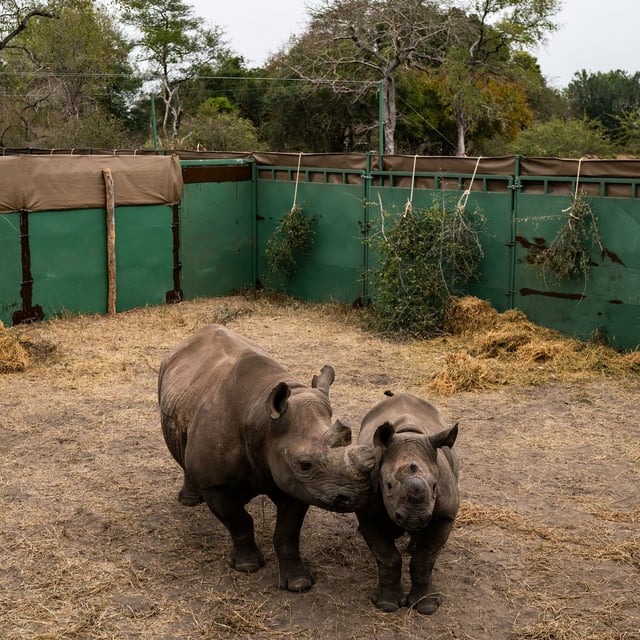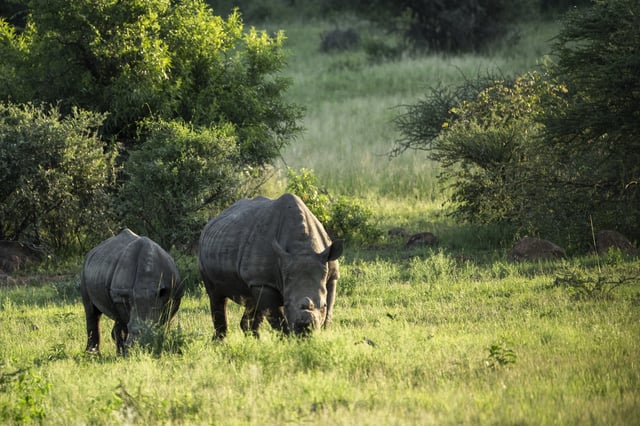Overview
- A Science journal analysis of 11 reserves around Kruger National Park recorded a 78% drop in poaching between 2017 and 2023 following horn removal.
- Dehorning operations use just 1.2% of rhino protection budgets and involve sedating animals with blindfolds and earmuffs before trimming horns, which regrow in about 18 to 24 months.
- Researchers determined that traditional measures—ranger patrols, detection cameras, dog tracking and helicopter surveillance—did not produce significant long-term declines in poaching.
- Field observations showed that dehorned rhinos became more timid and occupied smaller territories, indicating potential ecological and behavioral impacts.
- Conservationists stress that dehorning is a short-term tactic and urge efforts to curb horn demand and bolster law enforcement for lasting rhino protection.



